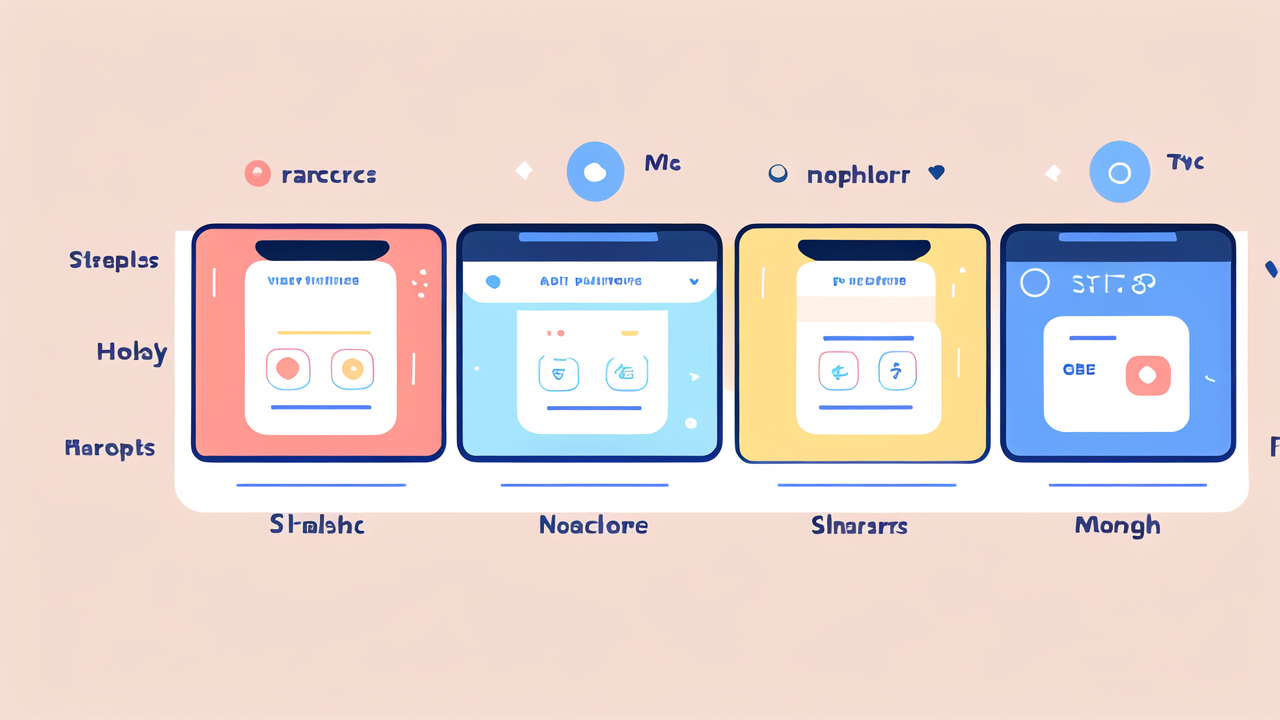The Evolution of Digital Watches in the United States
Tracing the History of Digital Timepieces
Digital watches have come a long way since their inception. The first digital watch appeared in the 1970s. It was a revolution in timekeeping. These early models displayed time using LED lights. They were bulky and had limited features. But they captured the public's imagination.

As technology advanced, so did digital watches. LCD displays replaced LED. This made watches more energy-efficient. They could show more information. The 1980s saw the addition of calculators and alarms. These features made digital watches more useful.
In the 1990s, digital watches became more stylish. They were no longer just functional. They became fashion accessories. Brands like Casio and Timex led the way. They created watches for different lifestyles.
Key Milestones in Digital Watch Technology
The journey of digital watches is marked by key innovations. In the 1980s, Casio introduced the databank watch. It could store phone numbers and appointments. This was a game-changer. It turned watches into personal organizers.
The 1990s brought sports watches with heart rate monitors. These were popular among fitness enthusiasts. They could track workouts and calories burned. This was the start of health-focused wearables.
In the early 2000s, solar-powered digital watches emerged. They used light to recharge their batteries. This made them more eco-friendly and convenient. Around the same time, radio-controlled watches appeared. They synced with atomic clocks for perfect accuracy.
The Rise of Smart Wearables and the Merging of Fashion and Functionality
The late 2000s saw the birth of smartwatches. These devices combined the features of smartphones with traditional watches. They could receive notifications, track fitness, and run apps. Apple Watch and Samsung Gear were pioneers in this field.
Today, smart wearables are more than just watches. They include fitness trackers and smart rings. These devices blend style with advanced technology. They offer features like contactless payments and voice assistants.
Fashion brands have entered the smart wearable market. They create devices that are both stylish and functional. This merger of fashion and technology has made wearables more appealing to a wider audience.
Cutting-Edge Features of Modern Digital Watches
Integration of AI and Machine Learning
Artificial Intelligence (AI) and Machine Learning (ML) are changing digital watches. These technologies make watches smarter and more personalized. They can learn from user behavior and adapt accordingly.

AI-powered voice assistants are now common in smartwatches. They can answer questions and perform tasks. ML algorithms analyze fitness data to provide personalized health insights. They can detect patterns and suggest improvements.
Some watches use AI for gesture recognition. This allows users to control their watch with hand movements. ML also helps in improving battery life. It can predict usage patterns and optimize power consumption.
Health and Wellness Monitoring Capabilities
Modern digital watches are powerful health monitoring tools. They can track heart rate, sleep patterns, and stress levels. Some can even measure blood oxygen levels and detect irregular heartbeats.
Many watches now offer fitness tracking features. They can count steps, measure distance, and estimate calorie burn. Some have built-in GPS for accurate route tracking during outdoor activities.
Advanced models can track menstrual cycles and fertility windows. They can also monitor noise levels to protect hearing. Some watches even remind users to wash their hands or take medication.
Lifestyle Enhancements: Apps and Compatibility
Today's digital watches are mini-computers on your wrist. They can run a wide range of apps. These apps cover everything from productivity to entertainment. Users can check emails, control smart home devices, or play games.
Many watches are compatible with popular smartphone apps. This allows for seamless integration with daily routines. Music apps let users control playback and store songs on the watch.
Some watches offer contactless payment features. This makes shopping more convenient. Others have translation apps for travelers. The app ecosystem continues to grow, making watches more versatile.
The Impact of Digital Watches on Various Industries
The Influence on Fashion and Accessories
Digital watches have transformed the fashion industry. They are no longer just functional devices. They are style statements. Many fashion brands now offer their own smartwatches.

These watches come in various designs to suit different tastes. There are options for formal wear, casual wear, and sports. Some watches have interchangeable bands for versatility.
The rise of digital watches has also influenced traditional watchmaking. Many luxury watch brands now offer hybrid models. These combine classic designs with smart features.
Digital Watches in the Business World: Productivity and Time Management
In the business world, digital watches have become productivity tools. They allow professionals to stay connected without constantly checking their phones. Notifications for emails and messages can be discreetly viewed on the wrist.
Many watches offer calendar integration and reminders. This helps in managing schedules and deadlines. Some have features for quick replies to messages or emails.
Time management apps on watches help track work hours and tasks. This can improve efficiency and work-life balance. Some watches even offer noise cancellation for better focus during meetings.
Consumer Electronics and the Digital Watch Market: Trends and Predictions
The digital watch market is growing rapidly. It's part of the larger wearable technology industry. This market is expected to continue expanding in the coming years.
One trend is the focus on health and wellness features. Future watches may include more advanced sensors. These could monitor blood sugar levels or detect early signs of illness.
Another trend is improved battery life and charging methods. Some predict that future watches will use body heat or movement for power. The integration with other smart devices is also likely to increase.
As technology advances, digital watches may become even more central to our lives. They could serve as digital keys, health monitors, and personal assistants. The future of digital watches is bright and full of possibilities.




Leave a comment
This site is protected by hCaptcha and the hCaptcha Privacy Policy and Terms of Service apply.